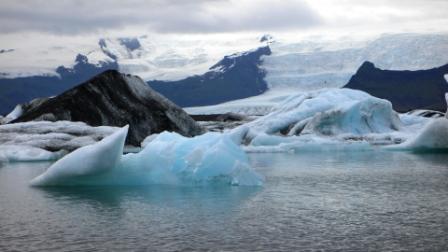
… January of 2016 was, for the globe, a truly extraordinary month. Coming off the hottest year ever recorded (2015), January saw the greatest departure from average of any month on record, according to data provided by NASA.
… it was particularly pronounced at the top of the world, showing temperature anomalies
…When it comes to the rest of 2016 and the coming summer and fall season when ice melts across the Arctic and reaches its lowest extent, he says, “we are starting out in a deep hole.”
…a climate researcher at Rutgers University who focuses on the Arctic and has argued that Arctic changes are changing mid-latitude weather by causing wobbles in the jet stream
Is this January Arctic measurement just an odd blip?
No, look and see what is now happening in February …
This is very very dramatic, and a surprise to many.
It is still too early to call it, and so the folks over in the National Snow and Ice Data Center will not be putting out any news about this … yet, but what has been measured so far is quite unprecedented, and so this will soon be potentially headline news.
The Press in Alaska have however already noticed it all, but for them looking out the window enables them to directly see what is going on …
The extraordinarily low ice for February, which follows a record-low January ice-extent average, has put extent in a “hole” for the start of the 2016 melt season, he said.
“Where will we end up in September? It depends so much on the summer weather pattern,” he said. “But the odds are we’re going to have a very low September.”
The most notable lack of winter ice has been on the Atlantic side, near Norway’s island of Svalbard, according to the center. Ice is also low for this time of year in the Bering Sea and Pacific regions, with direct impacts on Alaska, experts said.
“There isn’t a lot of ice in Cook Inlet. There’s almost nothing in the Bristol Bay region. And that’s remarkable,” said Tony Fischbach, a U.S. Geological Survey wildlife biologist who compiles a daily sea-ice report.